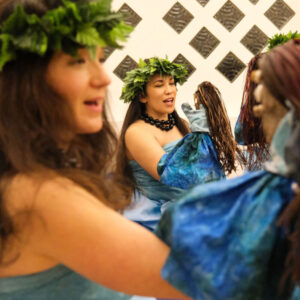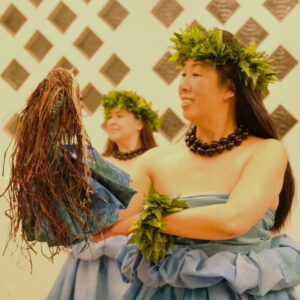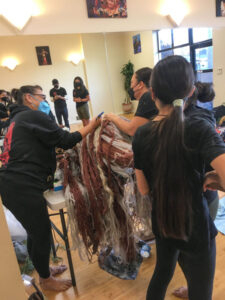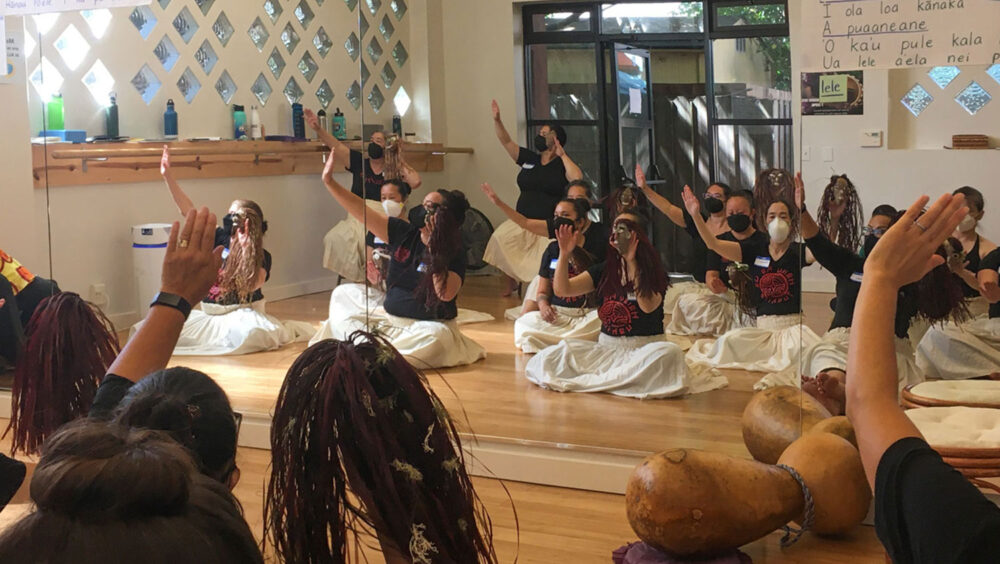Hula Kiʻi is a critically endangered tradition of Hawaiʻi which features the use of carved or crafted images in the story telling and movements of hula. It is one of many genres of traditional Hawaiian dance.



The hula kiʻi and other forms of hula faced extreme suppression during the 19th Century. Hula was not the only aspect of Hawaiian culture to endure the negative impacts of colonization. Heiau (spiritual temples) were overthrown and religious artifacts destroyed as the very foundations of Hawaiian lifestyle were violently disrupted. Nonetheless, the hula in its many forms survived, including the tradition of hula kiʻi.

As a result of a 2021 Choreography Award granted by the Gerbode Foundation, The Center for International Dance, in association with Kumu Hula Kiʻi Mauli Ola Cook (holder of the lineal tradition of Kumu Nona Beamer and hula haumana of Kumu Hula Victoria Holt Takamine) and Kumu Hula Maile Loo, (hānai daughter of Kumu Nona Beamer and director of the Hula Preservation Society), are introducing this unique art form here in the Bay Area.



The project encompasses the research of classical themes, the construction of hula puppets, and the development of a dedicated hula ki’i practice within our resident hālau Ka Ua Tuahine. Crafted hand puppets are dressed in traditional regalia made of natural fibers, made to dance accompanied by chant, and used by dancers to perform mele hula.


